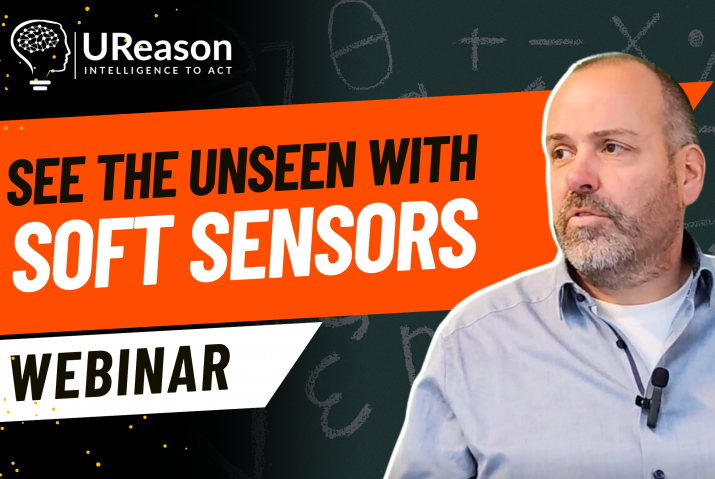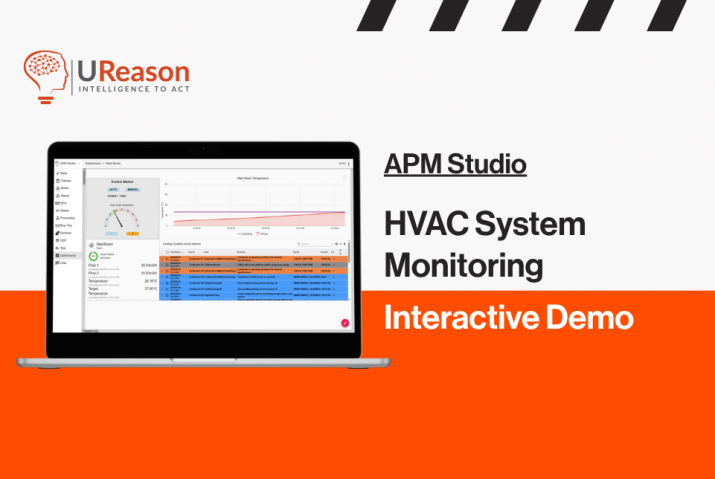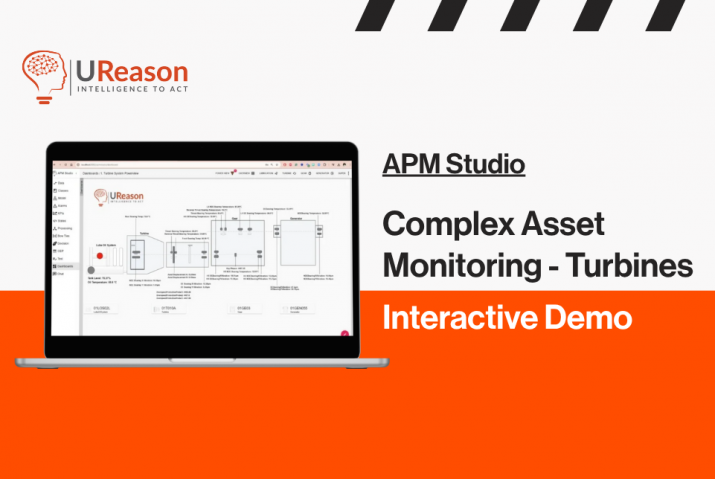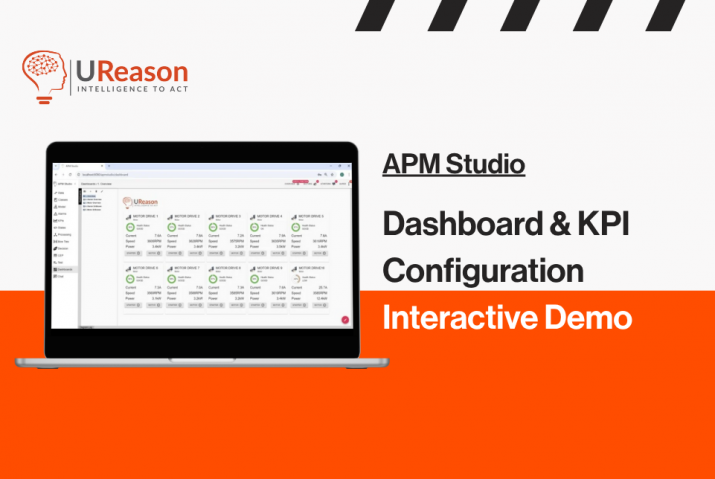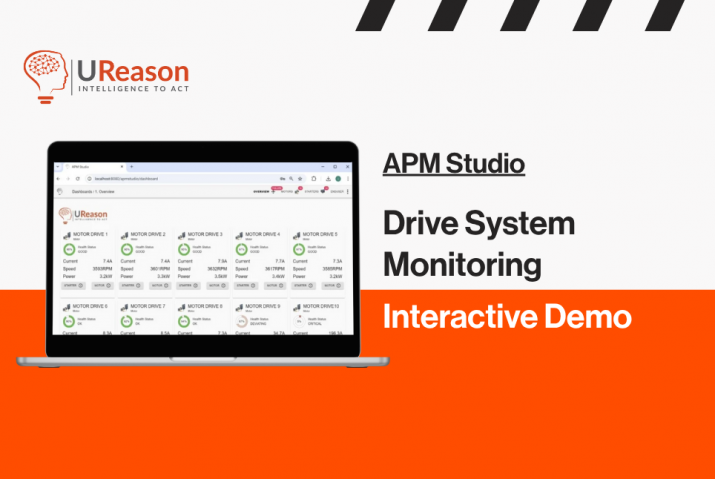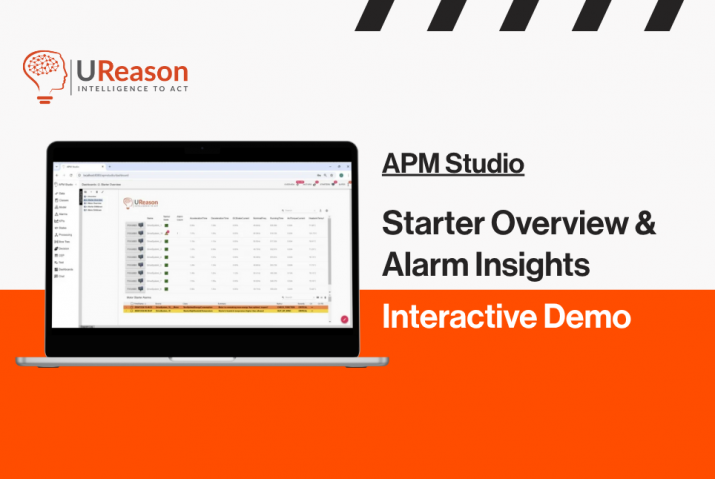
Points covered in the first 40 minutes:
- How to do real-time, data driven, risk assessment on your asset base;
- How to monitor important failure mechanisms to prevent unplanned downtime;
- How to turn your existing FMECAs into 24/7 cause-consequence models that monitor your assets and processes.
The webinar session is followed by a 20-minute Q&A session
UReason’s field of operation is real time condition monitoring and predictive maintenance, working to help customers gain insights from data from their assets and processes. The team at UReason combines domain knowledge and expertise with software to help customers go from data to solutions. Our software, APM Studio, is used at different levels in the automation pyramid.
APM Studio can be embedded, with OEMs (original equipment manufacturer), monitoring faults and risks in isolation to the asset. An asset can be an instrument, a pump, a compressor, a filter, etc. We also work at Level 2 and 3 where APM is used to monitor faults in relation to the process. At Level 4, APM Studio is used for optimising maintenance costs and planning associated to an asset base supporting a process. APM Studio serves as a single software solution that can be used from embedded levels to the Cloud, for different purposes and users.
Using the Bowtie method, these FMEA/FMECA’s can be translated to cause-consequence models to continuously monitor unwanted events and consequences.
Bowties provide likelihood and consequence management. The sources – as causes of the event – can be seen on the left side of the Bowtie. These causes may have one or more preventative controls that would be put in place to prevent the event from happening. Similarly, on the right side of the Bowtie, have several responsive controls to prevent or delay ultimate consequences. With this illustration, we see how Bowties allow you to monitor the occurrence of unwanted events and their consequences.
APM Studio has the capability to set up Bowties for your assets, and link these to data and tests. From sensor data and history to trends and patterns, APM Studio visually presents the health status of your assets, 24/7 on the basis of real-time data, to give you clear overviews and control over unwanted events and consequences. To see APM Studio in action on one of your assets, book a demo with us!
Missed the webinar? Get access to the full replay to watch whenever suits you best.
Speaker

Jules Oudmans - Director Consultancy
Jules Oudmans is one of the co-founders of UReason, a provider of technology products and services enabling companies to quickly create intelligent applications that automate complex reasoning on large quantities of real-time data and events. Jules is a seasoned professional active in the field of operational intelligence and real-time analytics.
Check out more of our events
If you enjoyed this content, check out more of our webinars on several topics related to Asset Performance Management!


